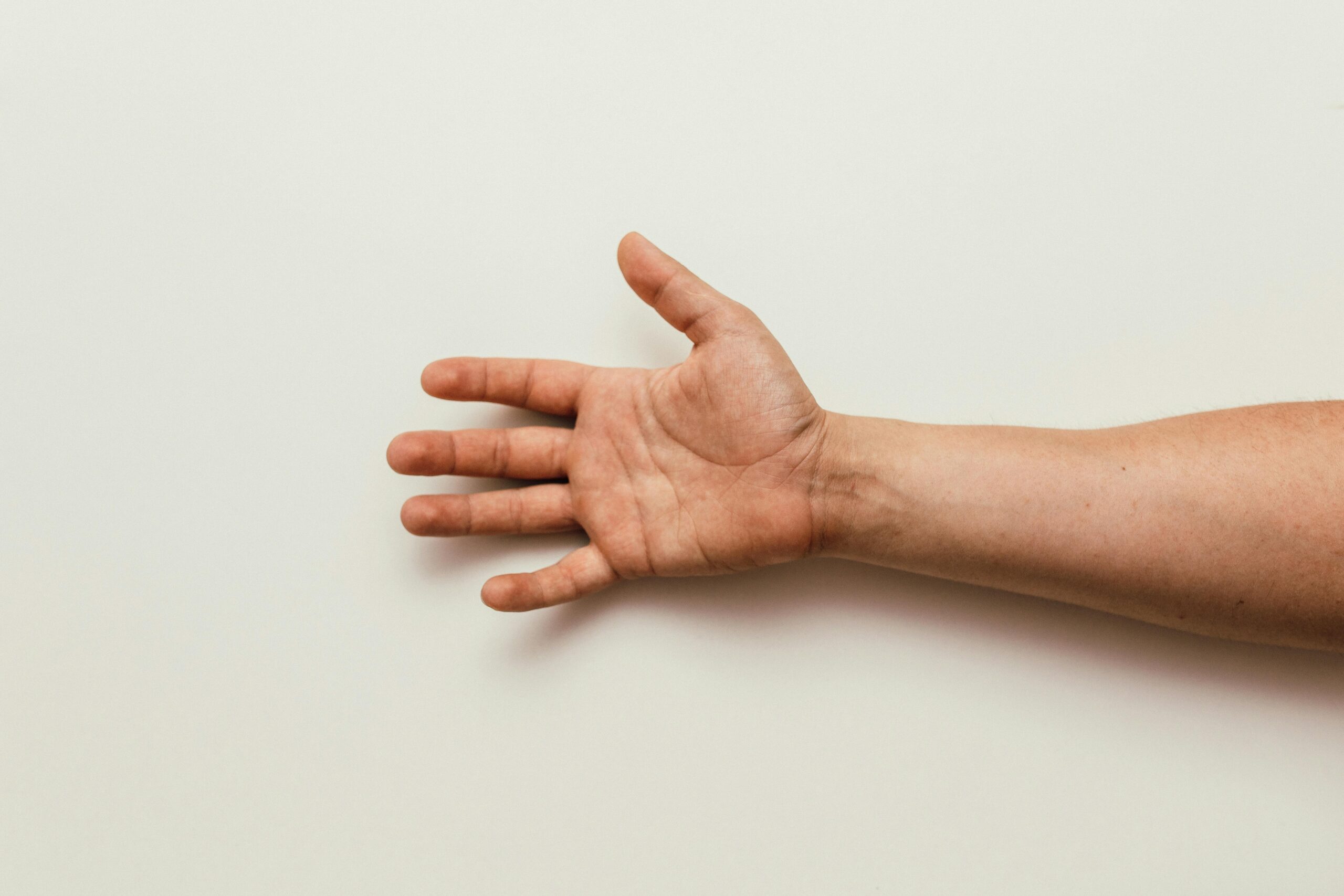How Chiropractors Help Out Patients?

Chiropractors undergo rigorous education and training to diagnose and treat your neuromuscular system. The neuromuscular system consists of ligaments, muscles, joints, nerves and tendons. They often adjust your spine to improve the functioning of other systems in your body. From managing back pain to realigning spinal joints, chiropractors help out patients in a lot of ways. They focus on stimulating the natural healing ability of your body. Let’s dive a little deeper into how chiropractors help promote good health and well-being.
What Does a Chiropractor Do?
Let’s say you booked a chiropractor in Brampton for your back pain. So, they examine your symptoms and lifestyle first. They perform tests to understand the position of your spine and muscle reflexes. Finally, they prepare a treatment regime based on the test results.
Primarily, chiropractors specialize in spinal manipulation.
Spinal manipulation is the process of moving or readjusting the spinal joint in a specific direction for an optimum alignment. The chiropractor may use their hands or an instrument to apply a gentle force to the affected joint and fix its position.
How do Chiropractors Help?
A chiropractor takes care of your muscles, nerves, bones, tendons and ligaments. They use various treatments such as spinal adjustments, exercises and soft tissue therapy to improve the functionality of the neuromusculoskeletal system.
Here are the key ways a licensed chiropractor helps out their patients:
Thorough consultation
The chiropractor first asks questions about your existing and prior medical conditions, past and ongoing treatments and relevant medical history in the family. They may ask questions about your lifestyle, such as the kind of work you do, how long you work or your daily activities.
The answers to these questions help them uncover what’s exactly wrong with your body.
Let’s say you went to the best chiropractor in Brampton. They ask questions about your pain. They may ask when and how the pain started and if there are any specific activities that seem to aggravate the pain.
The chiropractic exam
Once the chiropractor has all the medical history information, they focus on locating the core of the problem through some physical chiropractic tests. The general tests reflect the health of your respiratory system, reflexes, blood pressure and pulse. They may conduct neurological and orthopedic tests to assess your neurological integrity, muscle tone, range of motion and muscle strength.
Besides these, the professional may also ask you to move in a particular manner and evaluate the motion in the affected area. In some cases, you may have to undergo tests like X-rays and MRIs, depending on your injury. Usually, these tests help the chiropractor diagnose a specific trauma or study a spinal deformity.
Patient diagnosis
The chiropractor has your medical information and knows what exactly is wrong with you. Now they use the test results to prepare an effective treatment plan for your recovery.
Some conditions like a fracture or an infection are not curable with chiropractic care. So, once the diagnosis is established, the professional lets you know if chiropractic treatment is the right solution for you.
They explain to you the condition you have been diagnosed with. For instance, let’s say the chiropractor found out that the cause of your neck pain is the slouching posture at the back. So, they explain the possible reasons that might have caused the problem and how their treatment is going to help you.
What are The Different Chiropractic Treatments?
Chiropractors are spine and nerve experts. They primarily focus on spinal manipulation to treat most neuromusculoskeletal problems such as back pain, neck pain, shoulder pain, etc. However, they prescribe a wide range of chiropractic adjustments depending on what you need for complete recovery.
Other common treatments are exercises, kinesio taping and soft tissue therapy. Each serves a unique purpose. Exercises, for instance, help with joint mobility and balance. Kinesio taping, on the other hand, helps athletes recover from sprained muscles.
Blog Categories
- Acupuncture Treatment (10)
- Ankle Sprain (1)
- Arthritis Treatment (1)
- Back Pain (23)
- Chiropractic Care (38)
- Tennis Elbow (1)
- Chronic Pain (5)
- COVID-19 (1)
- Custom Orthotics (6)
- Dizziness (4)
- Exercises (13)
- Foot Orthotics (6)
- Hamstring Stretches (2)
- Info Articles (3)
- Kids Injury (1)
- Laser Therapy (4)
- Massage Therapy (21)
- Neck Pain (16)
- Orthopedic (1)
- Osteoarthritis (5)
- Osteopathy (3)
- Pain Management (18)
- Physiotherapy Benefits (44)
- Physiotherapy Clinic (6)
- Physiotherapy Exercises (12)
- Physiotherapy Tips (25)
- Physiotherapy Treatment (100)
- Rotator Cuff (2)
- Shin Splints (1)
- Shoulder (2)
- Spine (4)
- Sports Physiotherapy (2)
- Uncategorized (1)
- Vestibular Physiotherapy (2)
- Work From Home (2)


